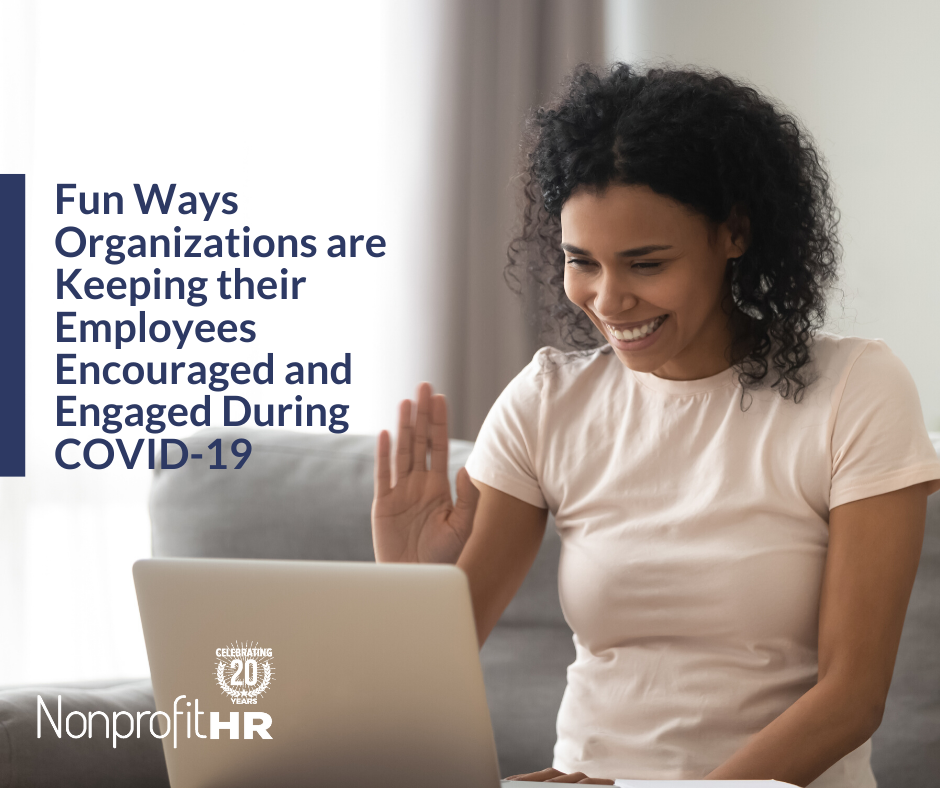WTOP: 5 ways nonprofits can…
By Warren White –
Dawn Lurie of Seyfarth Shaw wrote this excellent piece on the increase in US Immigration and Customs Enforcement (ICE) inspections of employers across the country. The piece also included the steps that employers should take to ensure they are prepared in the event they are served with a Notice of Inspection (NOI), which would initiate an I-9 audit. To offer some context of the scale of the increase, I-9 audits quadrupled in 2018 over the previous fiscal year, meaning audits for nearly 6,000 employers, and more than 20 civil and criminal convictions.
I-9 compliance is not exactly the topic that stimulates most people’s frontal lobe, but in my own experience working both with and for nonprofits, I-9 compliance is rarely prioritized as highly as it should be. In the past, nonprofits could have assumed (perhaps correctly) they would be unlikely targets, but considering the general increase in discretionary audits and enforcement actions over the last several years, this has become a risky assumption. Plus, the reality is that most if not all employers make errors in this area, and the government is very aware of this fact. For these reasons, now is a good time for nonprofits to review their I-9 compliance practices.
Here are four things for nonprofits to consider:
· Consider E-Verify– There are a number of electronic I-9 management systems on the market, but not all of them are necessarily compliant, and ICE is reportedly starting to review these systems too. E-Verify is a federally run website that allows employers to confirm the employment eligibility of their employees in a compliant manner. While some nonprofits may have misgivings about sharing this type of data, the upside of using a system you know to be compliant may outweigh the downside.
· Check and update your forms– If you’re sticking with the paper forms, make sure you are using the most current version. Form I-9 was revised, and the new form launched in January 2017, so if you printed a supply of forms years ago, it may be time to recycle them.
· Prioritize re-verification – For any non-US citizens who you employ on any type of work visa with an expiration date, it is incumbent upon you as an employer to re-verify prior to the expiration date of the current visa. This requires having a good system, electronic or otherwise, for tracking visa expiration dates.
· Examine your I-9 retention policies– Organizations are legally required to retain I-9’s for three years from the employee’s date of hire, or for one year after the employee’s separation—whichever is longer. In other words, you must maintain I-9’s for all of your current employees for at least one year after they depart, and for any separated employees whose separation remains within the retention period. So, if an employee comes and goes after one year, you’re required to retain that form for another two years, after which point it can (and should) be destroyed according to your typical document management guidelines.
The takeaway here is your organization is not exempt. Despite how difficult and time-consuming it can be to navigate the complex world of regulations, requirements and HR responsibilities, compliance is the expectation. The law still applies to your mission-driven organization and failure to comply drives you further away from the impact that you seek to achieve.
If you are ready to audit your organization’s HR practices or simply have a question, contact us. Someone from our leadership team will be in touch shortly.

Warren White, SHRM-SCP, SPHR, CPRW
HR Business Partner






























